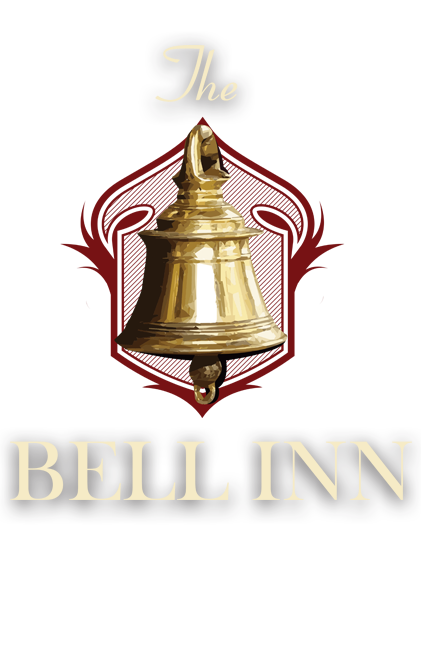Living history
The Bell Inn first began its life in 1756 as a small alehouse on the East side of the main road that passes through Winterbourne Stoke.
In 1841, the River Till flooded and 16 houses, including the alehouse were destroyed. In the mid 19th century, the Bell Inn was rebuilt in its current location to serve the local community.
In its recent past, the Bell Inn was named ‘The Solstice Rest’; its original name has been reinstated by the current owners.
It’s a little undecided as to the origins of pub’s name. The pub itself was originally positioned in Church Street and the name may naturally have come from the local church.
In 1553, the local church of St James had three bells. One of 1683 and one of 1687, both cast by Clement Tosier, one of 1727 by William Tosier, and one of 1748 by William Cockey hung in the church in 1992: only that of 1748 was usable. A bell of the late 17th century or the early 18th was sold in 1835.
Another explanation comes from the many ancient barrows surrounding the village of Winterbourne Stoke and Stonehenge.
Disc barrows and bell barrows, the most visually impressive form of round barrow, are funerary monuments dating from 1600-1200 BC. They occur either in isolation or in round barrow cemeteries.
The bell barrows were constructed as single or multiple mounds covering burials often in pits and surrounded by an enclosure ditch. The burials in bell barrows appear to be those of aristocratic individuals and are also frequently accompanied by weapons, personal ornaments and pottery vessels.

